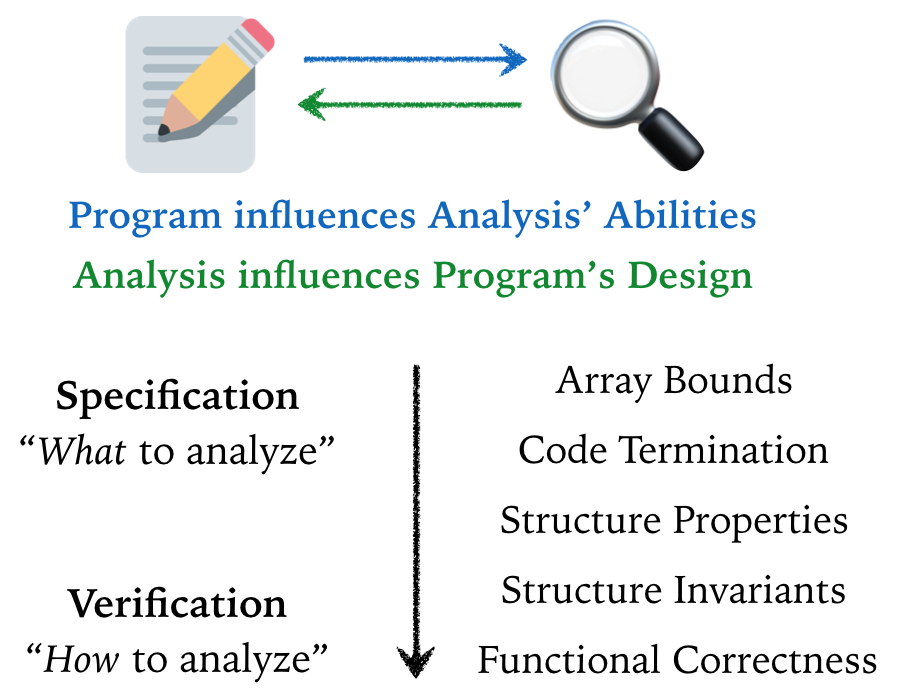{-# LANGUAGE PartialTypeSignatures #-}
{-@ LIQUID "--reflection" @-}
{-@ LIQUID "--ple" @-}
{-@ LIQUID "--diff" @-}
{-@ infixr ++ @-} -- TODO: Silly to have to rewrite this annotation!
module Opt where
import Prelude hiding ((++), const, max, or)
asimp :: AExp -> AExp
lemma_asimp :: AExp -> State -> _
cplus :: Int -> AExp -> AExp
lemma_cplus :: Int -> AExp -> State -> _
nplus :: AExp -> AExp -> AExp
lemma_nplus :: AExp -> AExp -> State -> _
norm :: AExp -> AExp
lemma_norm :: AExp -> State -> _
(&&&) :: a -> a -> a
x &&& _ = x
-- {-@ lemma_asimp :: a:_ -> s:_ -> {aval (asimp a) s = aval a s} @-}
-- lemma_asimp (AVal _) _ = ()
-- lemma_asimp (AVar _) _ = ()
-- lemma_asimp (AAdd a1 a2) s = case (asimp a1, asimp a2) of
-- (AVal _, AVal _) -> lemma_asimp a1 s &&& lemma_asimp a2 s
-- (b1 , b2 ) -> lemma_asimp a1 s &&& lemma_asimp a2 s

